
The statues on Mount Nemrut are being preserved with nano cells
Stone statues of many Greek and Persian gods, built by Antiochos Theos, king of Commagene, on the summit of Mount Nemrut in 62 BC, were protected by injecting nano cells. According to the news on IHA, last year, cracks in the statues on Mount Nemrut, which is listed on UNESCO’s World Heritage List and has
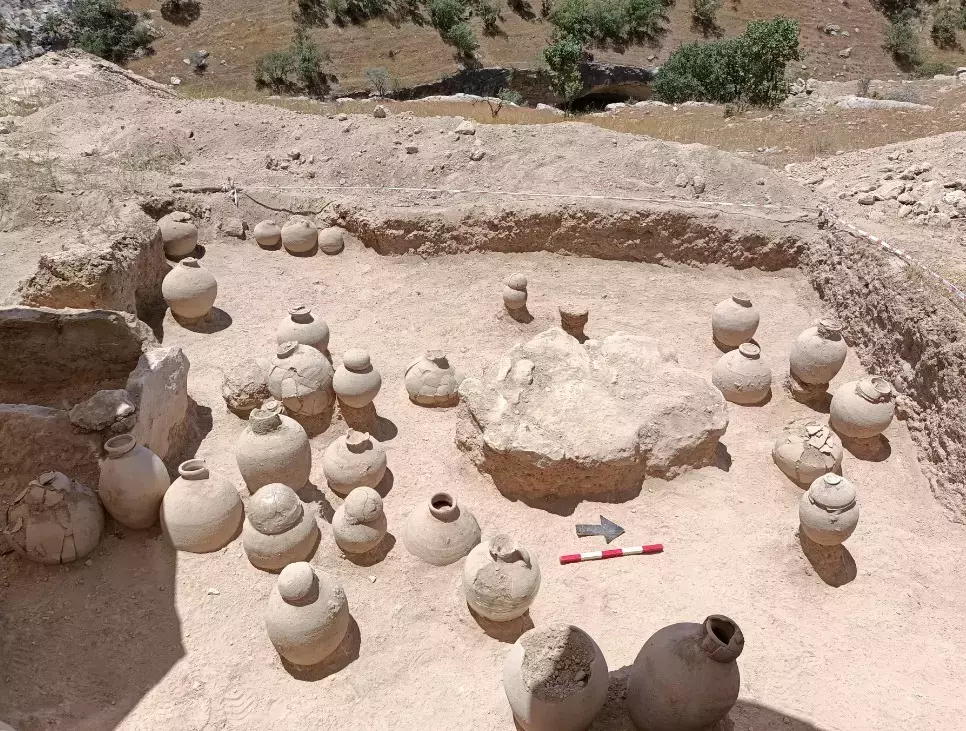
Museum officials discovered a 3000-year-old necropolis by chance
To go to the region to take photographs of the caves in Cehennem Deresi in the village of Bağözü, located in the Gercüş district of Batman, Hasankeyf museum officials accidentally discovered a 3000-year-old necropolis. The necropolis is situated on steep cliffs overlooking the Tigris River, accessible by a five-kilometer hike. Archaeologists initially opened eight trenches
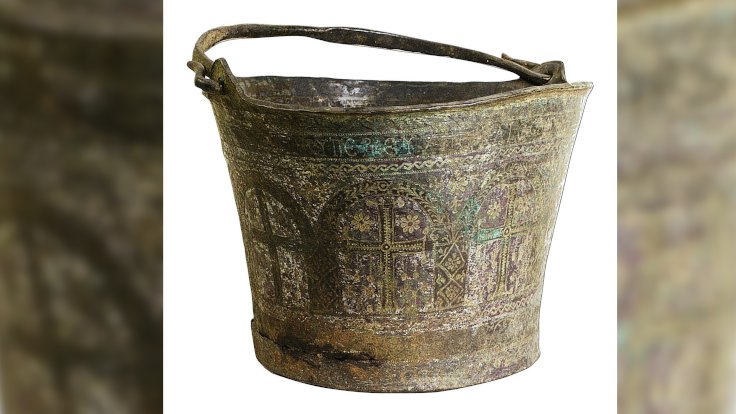
The story of the 1500-year-old baptismal bucket found by a villager named Temo in Zerzevan Castle
In Zerzevan Castle, the border garrison of the Roman Empire, a villager named Temo found an ancient baptismal bucket while digging the soil to repair the wall of his house. Temo, who did not know the true value of the bucket, used it to give water to his animals for a while and then traded
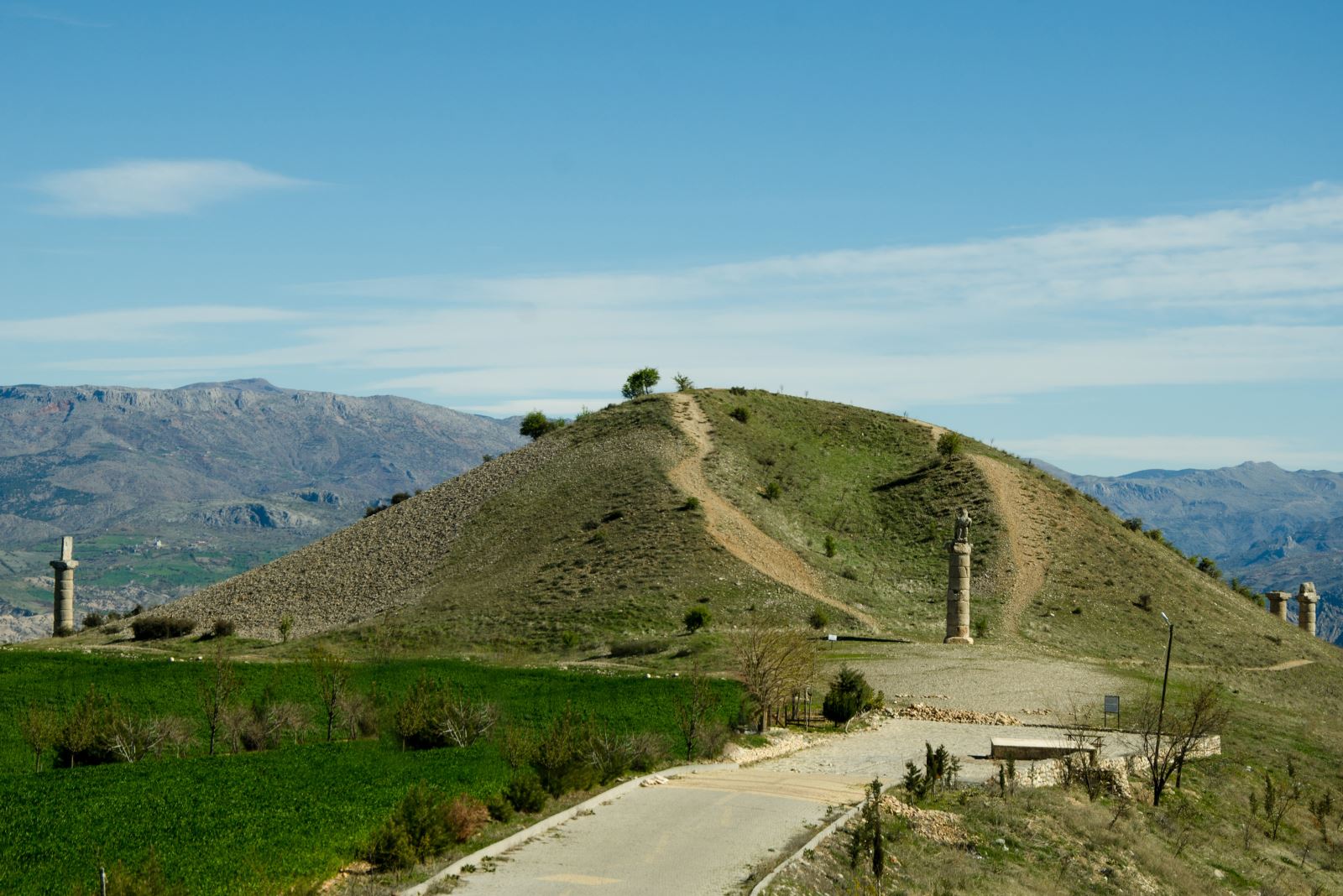
The mystery of the Karakuş Tumulus will be revealed with georadar
A georadar study has been initiated to uncover the mystery of the 2,000-year-old Karakuş Tumulus. Prof. Dr. Yusuf Kaan Kadıoğlu from Ankara University stated, “With this study, we will determine what is in the area without excavating.” Karakuş Tumulus is situated in the Kahta district of Adıyaman province in southeastern Türkiye. A study has been
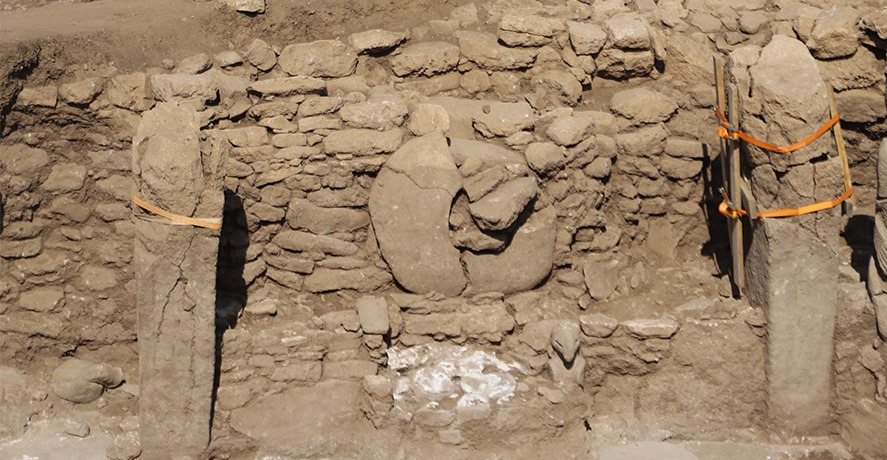
A painted, wild boar sculpture discovered at Göbeklitepe
Exciting discoveries have been made at Göbeklitepe and Karahantepe, often referred to as the “zero point” of history. In Göbeklitepe, a life-sized sculpture of a wild boar was unearthed. As part of the Taş Tepeler project, which sheds light on prehistory and has seen highly significant discoveries on a global scale, the archaeological excavations carried

Anatolia’s Largest museum cleaned from traces of flood
The Şanlurfa Archeology and Haleplibahçe Mosaic Museum, which was impacted by the flood disaster that struck the southeast city on March 15 and resulted in the deaths of 18 people and the injuries of 62 others, is still cleaning and restoring historical artifacts. The flood occurred as a result of the overflow of three streams

The Romans built an irrigation tunnel 1,700 years ago by digging through the mountain
It has been revealed that the Romans built a 150-meter-long tunnel by digging through the mountain 1,700 years ago to irrigate agricultural lands. The Roman irrigation tunnel is located within the borders of Geçitli (Kantara) village in the Besni district of Adıyaman in southeastern Türkiye. It was previously known by the villagers, but it has
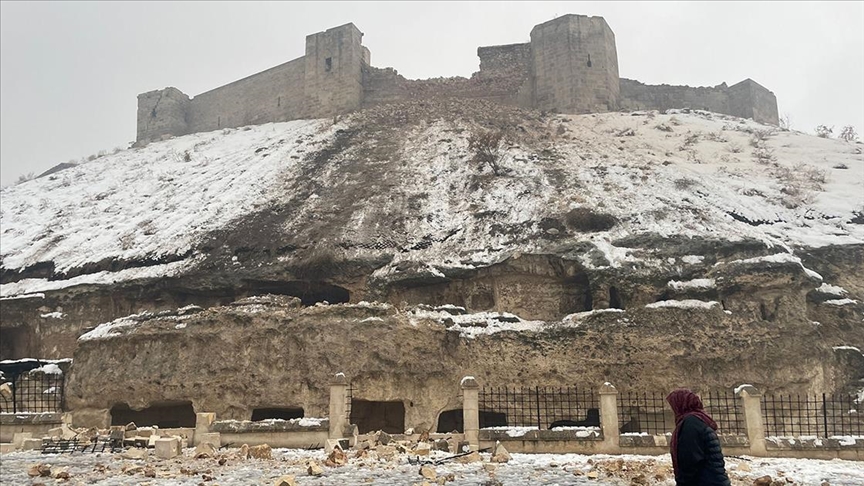
Gaziantep Castle, which was damaged in the Kahramanmaraş earthquake, is being restored
Restoration work has commenced at Gaziantep Castle, which was damaged in the earthquake centered in Kahramanmaraş with a magnitude of 6.3 that occurred in February. The restoration works at Gaziantep Castle are being carried out under the supervision of the Directorate of Surveying and Monuments. The hill on which Gaziantep Castle, located in the center
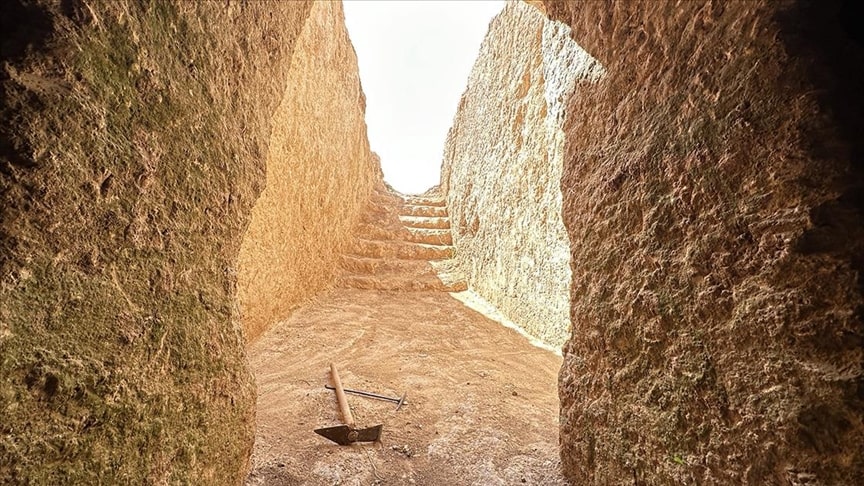
1700-year-old Roman chamber tombs unearthed at the illegal excavation site in Adıyaman
Museum officials responding to an illegal excavation tip in Adıyaman province of Türkiye discovered 1700-year-old chamber tombs dating back to the Roman period. Adıyaman Museum Teams determined the presence of a 1700-year-old chamber tomb from the Roman period during their excavation in the rural area of Petrol Neighborhood. During the excavation work that was initiated,
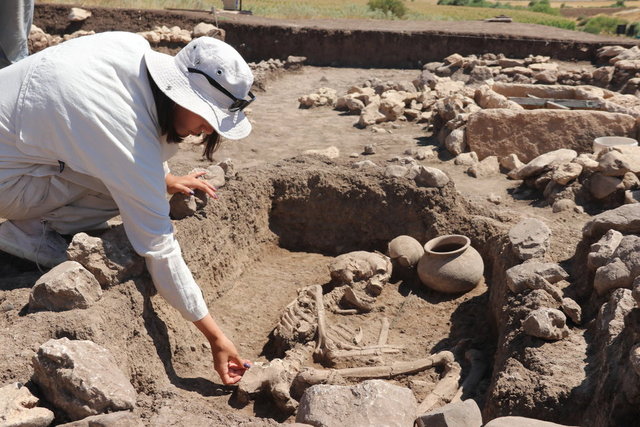
Pot-type tombs containing the remains of children were found in Çayönü Höyük, one of the places where agriculture first started
In the ongoing archaeological excavations at Çayönü Höyük in the Ergani district of Diyarbakır, pot-type graves containing the remains of children and infants aged 6 and under have been found. Çayönü Höyük is considered one of the areas where agriculture was first practiced, dating back to the Neolithic period. The first settlement is thought to
